
- Home
- Directory
- Events
- Retreat
- Yoga Practices
- Yoga Research
- Wellness Research in Yoga
- Yoga Research on Pandemic
- Yoga Research in Diabetes and Endocrine System
- Yoga Research in Cardiovascular System
- Yoga Research in Depression, Anxiety and Mental Disorders
- Yoga Research in Musculoskeletal System
- Yoga Research in Musculoskeletal System
- Yoga Research in Oncology
- Technology Research and Application in Yoga
- Blog
- Adi Gurus
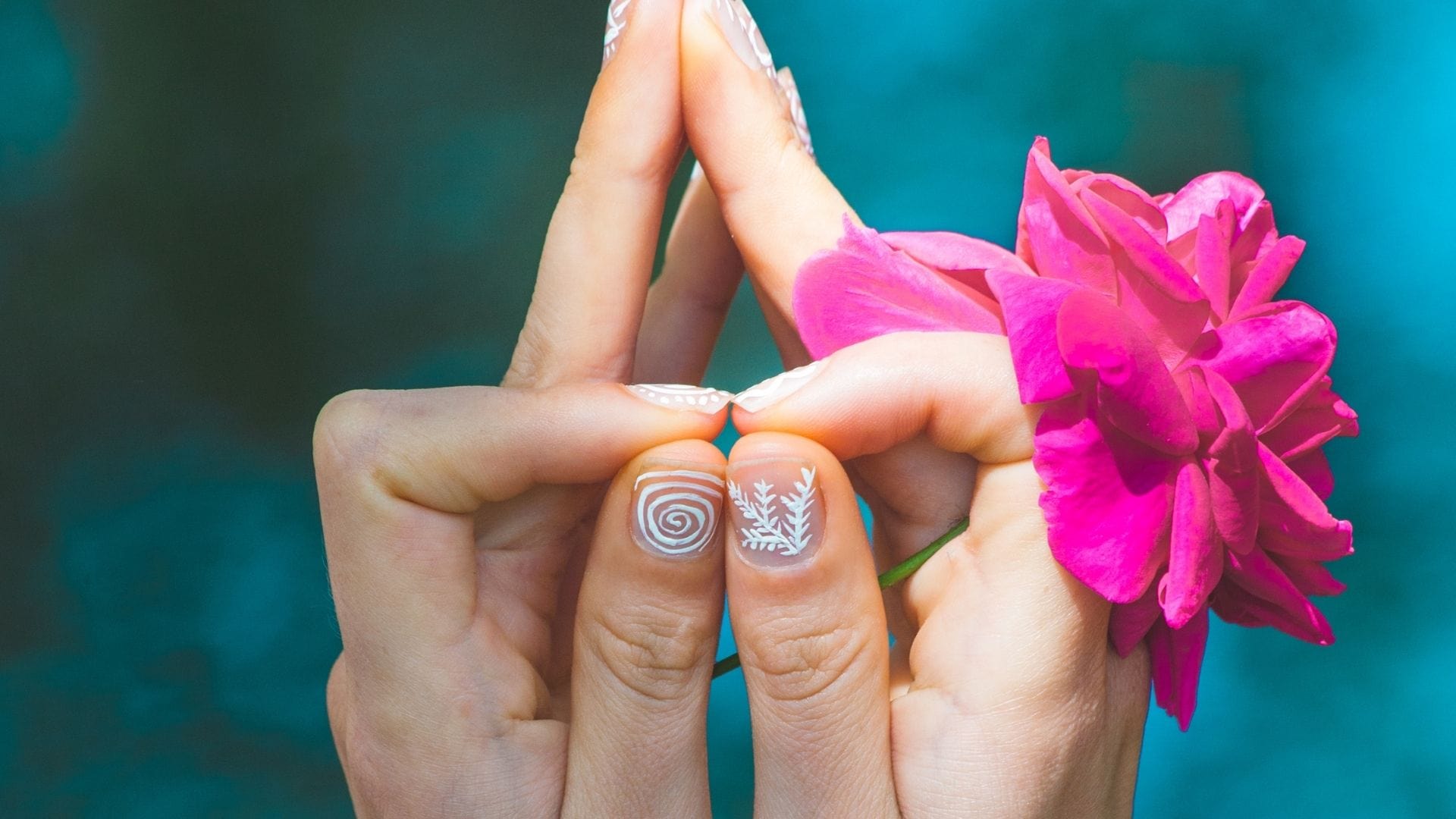
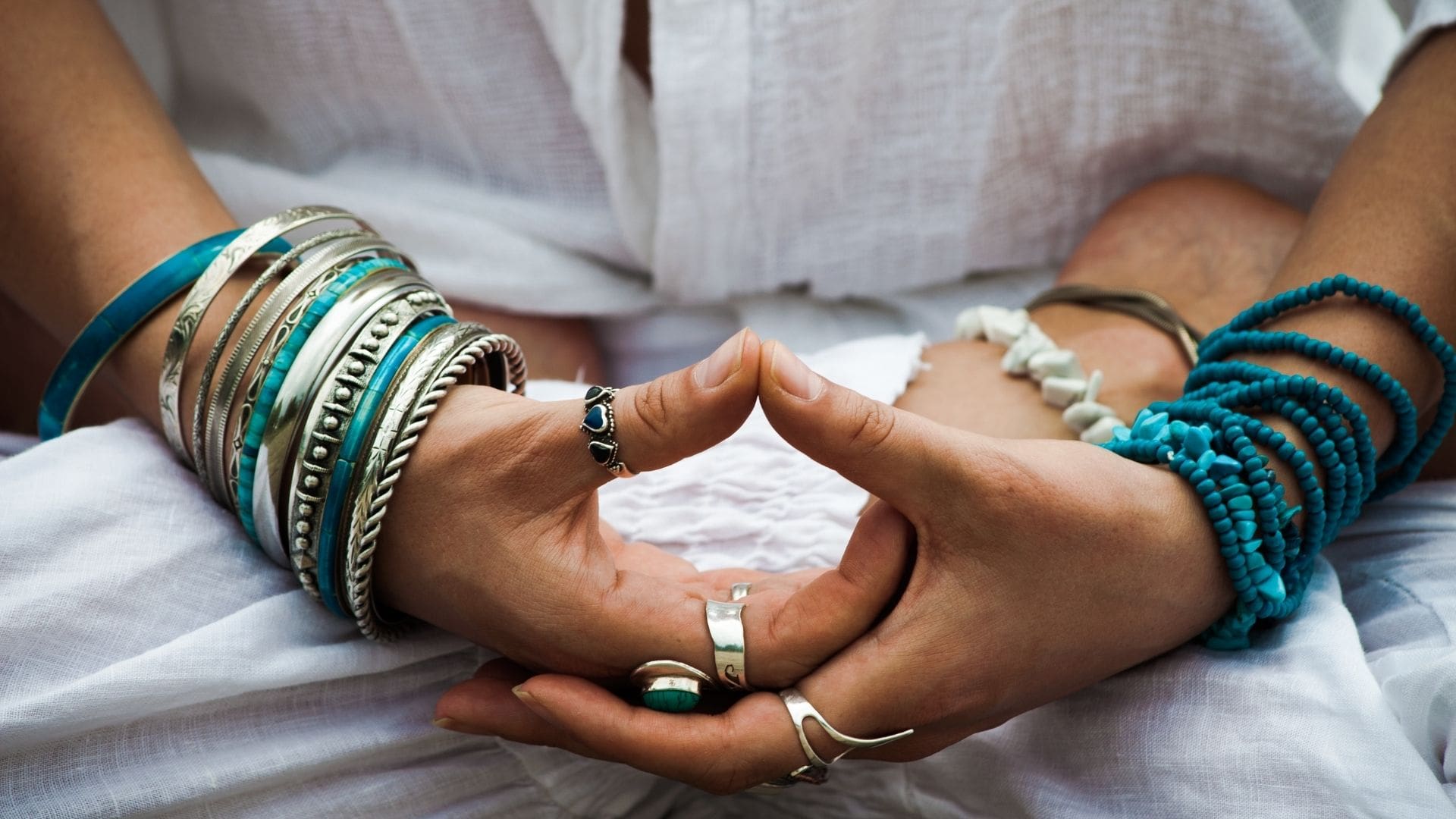
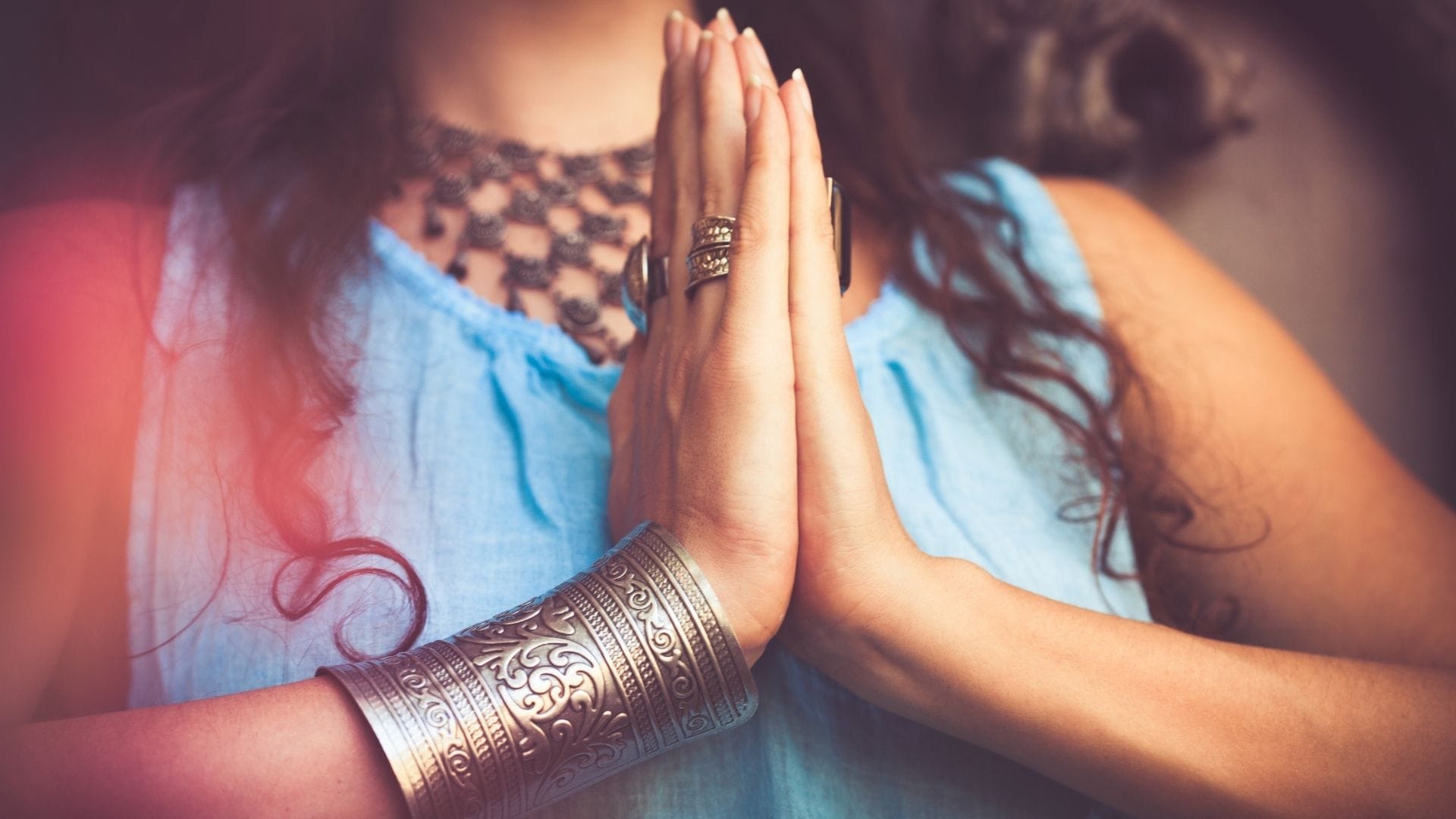
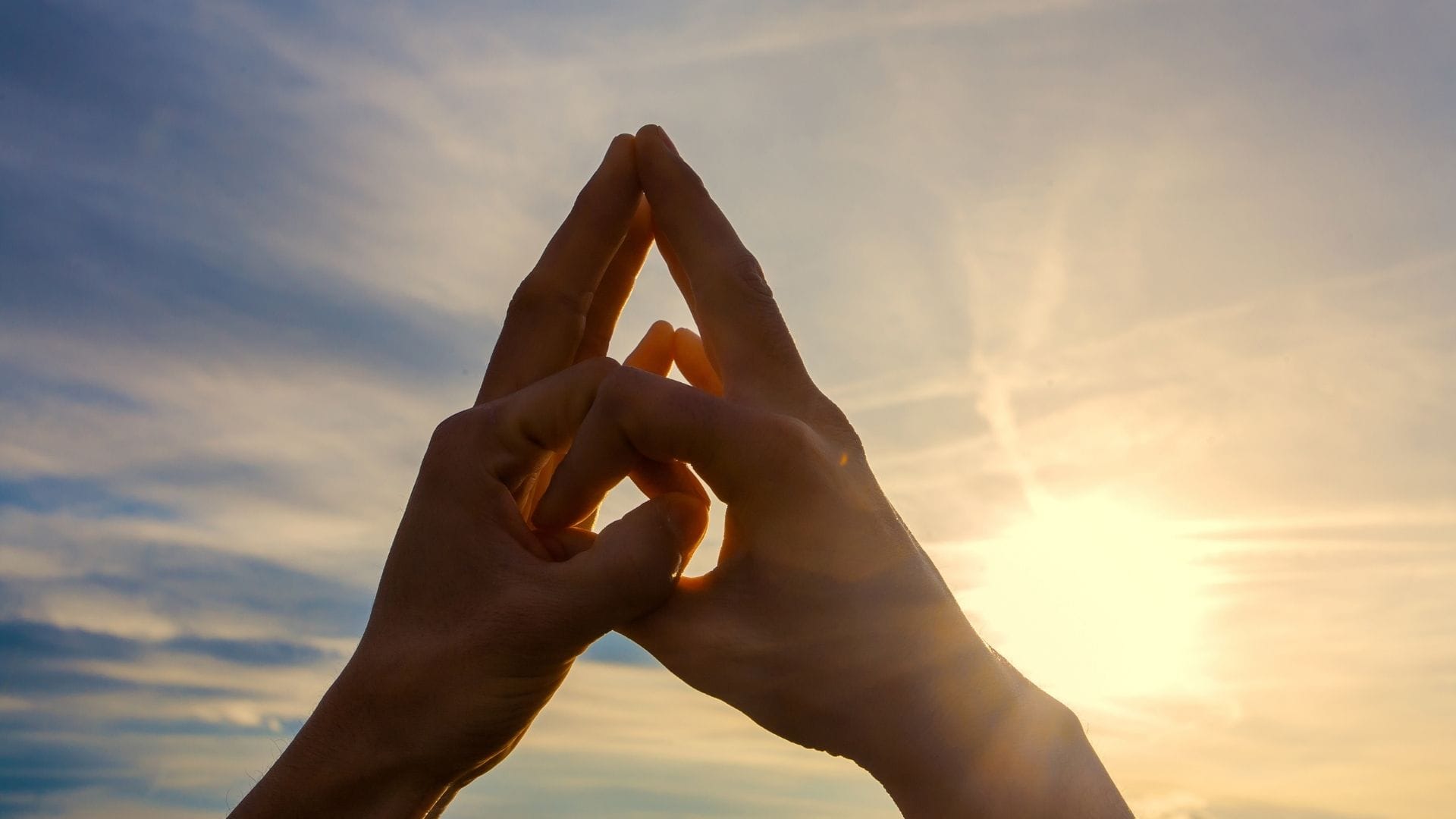
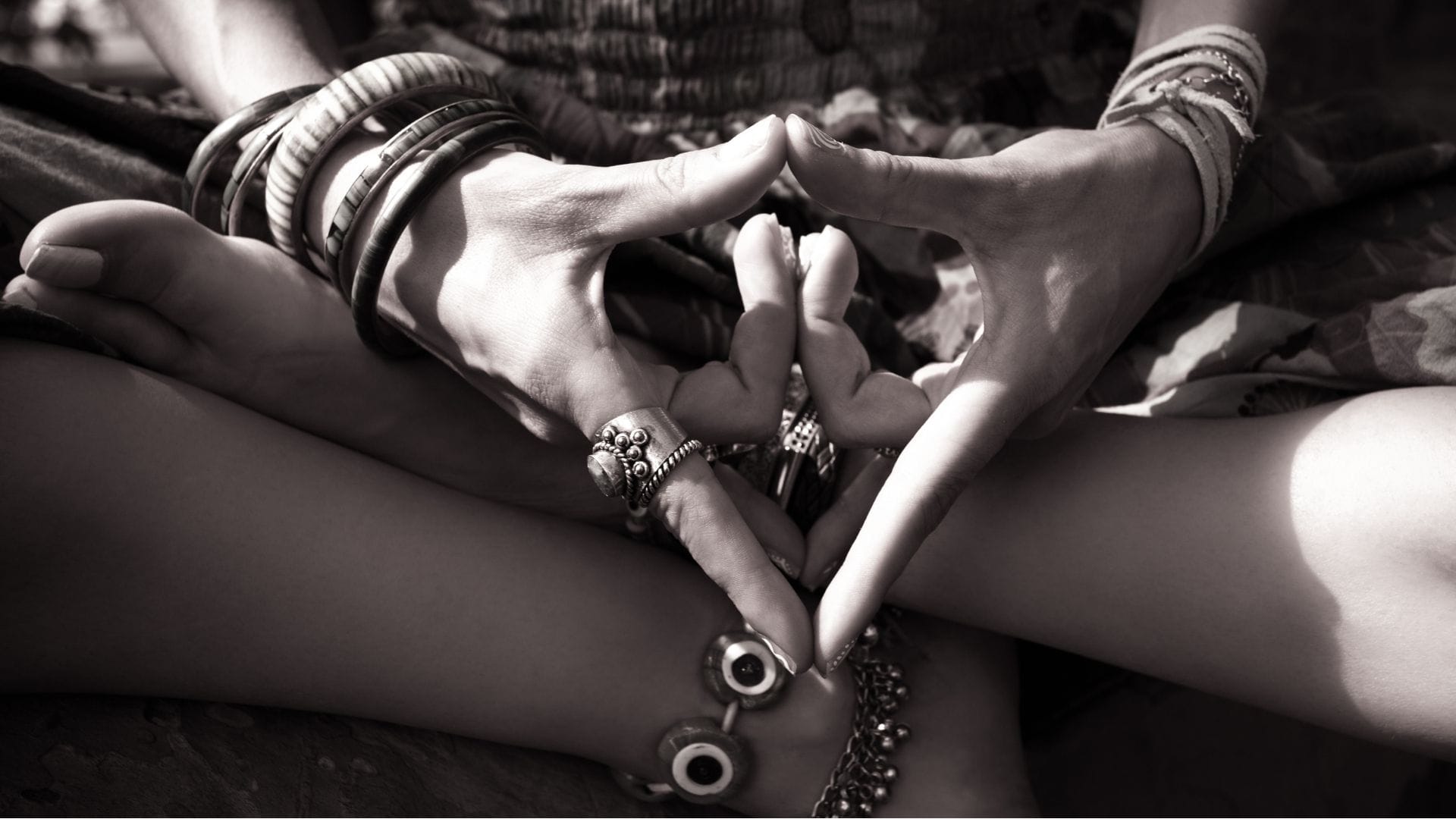
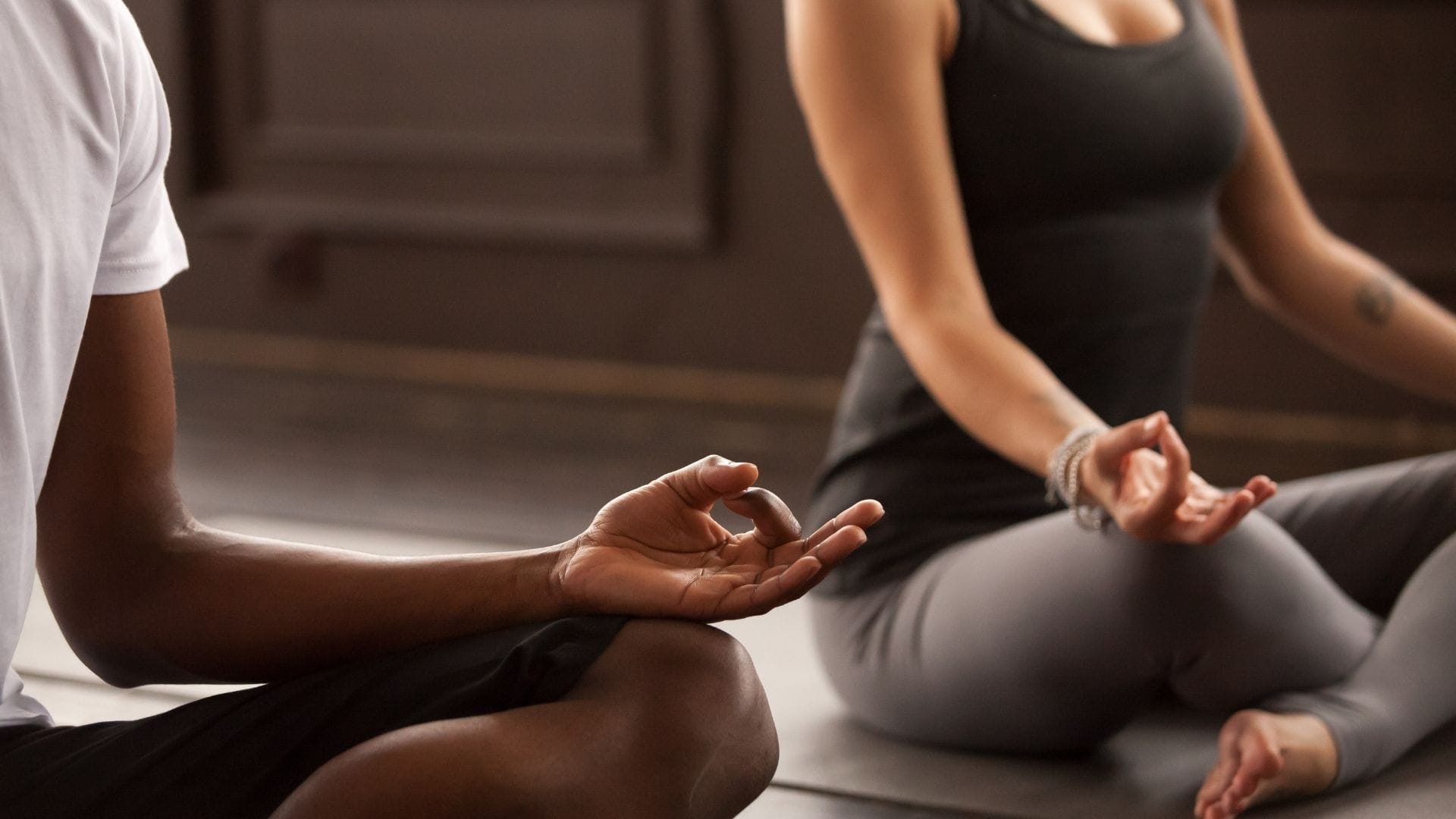
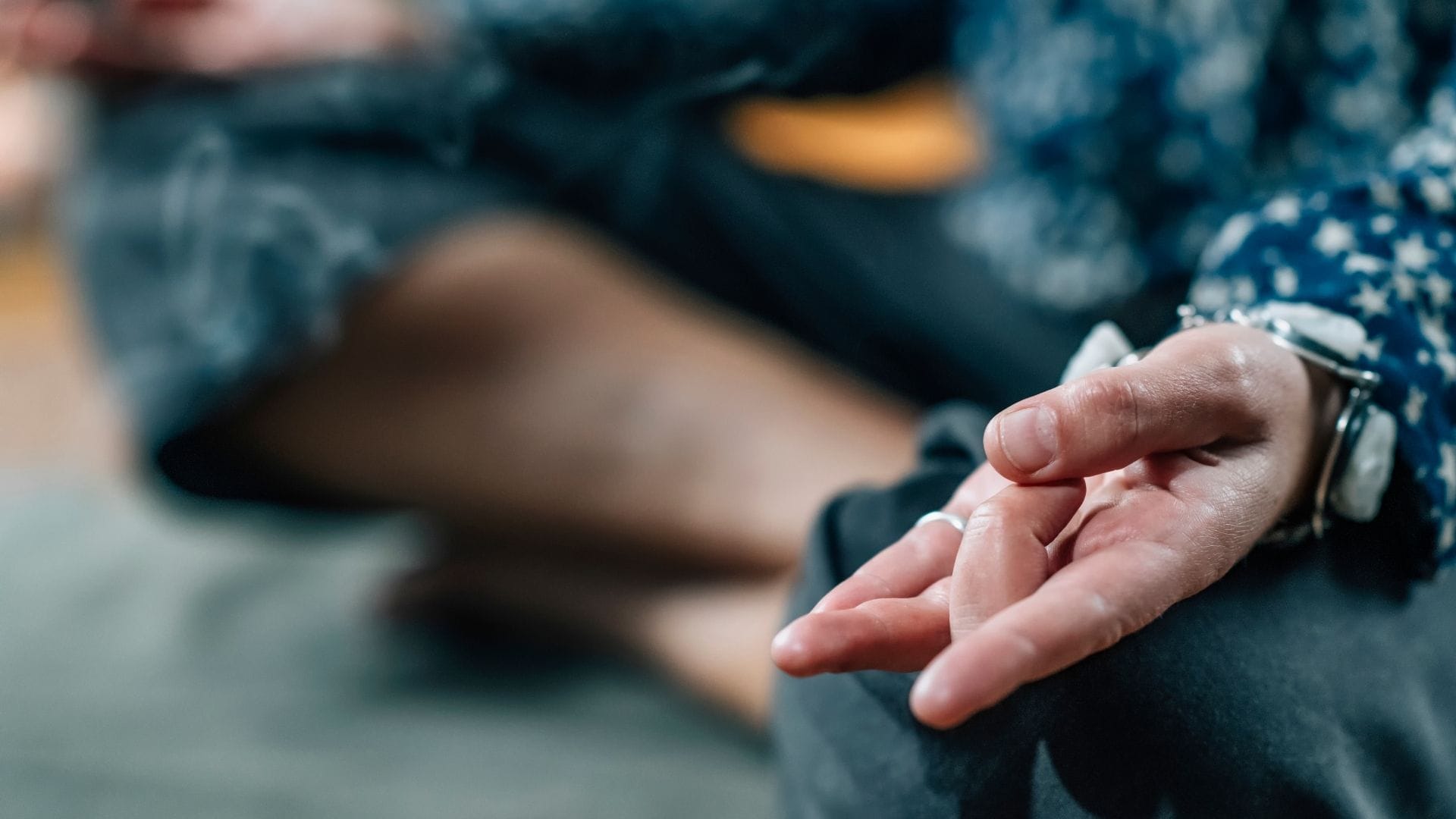
Mudra
The Sanskrit word mudra is translated as ‘gesture’ or ‘attitude’. Mudras can be described as psychic, emotional, devotional, and aesthetic gestures or attitudes. Yogis have experienced mudras as attitudes of energy flow, intended to link individual pranic force with universal or cosmic force.”
The Kularnava Tantra traces the word mudra to the root mud meaning ‘delight’ or ‘pleasure’ and dravay, the causal form of dru which means ‘to draw forth’. Mudra is also defined as a ‘seal’, ‘short-cut’, or ‘circuit by-pass’. Mudras are a combination of subtle physical movements which alter mood, attitude, and perception and deepen awareness and concentration.
A mudra may involve the whole body in a combination of asana, pranayama, bandha, and visualization techniques or it may be a simple hand position. The Hatha Yoga Pradipika and other yogic texts consider mudra to be a yojana, an independent branch of yoga, requiring a very subtle awareness. Mudras are introduced after some proficiency has been attained in asana, pranayama, and bandha, and gross blockages have been removed.
HATHA YOGA PRADIPIKA 3.5
तस्मात्सर्वप्रयात्नेन प्रबोधायितुमेश्वरम।
ब्रह्मद्वारमुखे सुप्तम मुद्राभ्यासम् समचारेत।
Tasmaatsarvaprayatnena prabodhayitumeeshvaram.
Brahmadvaaramukhe suptaam mudraabhyaasam samaacharet.
Therefore the goddess sleeping at the entrance of Brahma’s door should be constantly aroused with all effort, by performing mudra thoroughly.
{{locationDetails}}
Browse sub-categories
Disclaimer:
The information presented here is not medical advice or a treatment plan and is intended for general education and demonstration purposes only. This information should not be used for self-diagnosis or self-treat any health, medical or physical condition. Please consult and follow your healthcare professional or therapists before beginning an exercise or Yoga regime.
Yujyate.org content is a presentation of theoretical knowledge of the practice methods, effects, contraindications, benefits, etc.
Also, please read all the contraindications carefully. All Yoga practices must be learned and performed under the supervision and the guidance of a qualified yoga teacher, therapist, or school.
Each asana can have its variations practiced by different yoga teachers or schools or traditions, and we do not suggest any variations to be technically correct or wrong.
Any practice must be undertaken based on individual capacity and comfort. Yoga practices are not meant to cause strain on the body, just as any physical exercise comfort level improves over time. We do not recommend any time or cycles to be followed. Stop the practice immediately if it causes discomfort. Yoga practices are not recommended for at least one hour before or after a meal.
You agree to indemnify and hold Yujyate.org, its officers, partners, and contributors for any losses, injuries, or damages resulting from any and all claims that arise from your use or misuse of this content. Yujyate.org makes no representation of the accuracy or suitability of this content. Use of this content is at your own risk.
- {{ listingType.name }}
- prev
- next